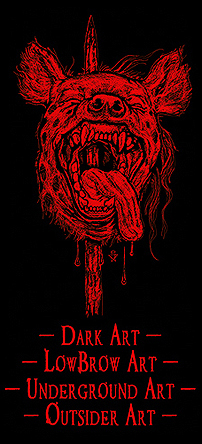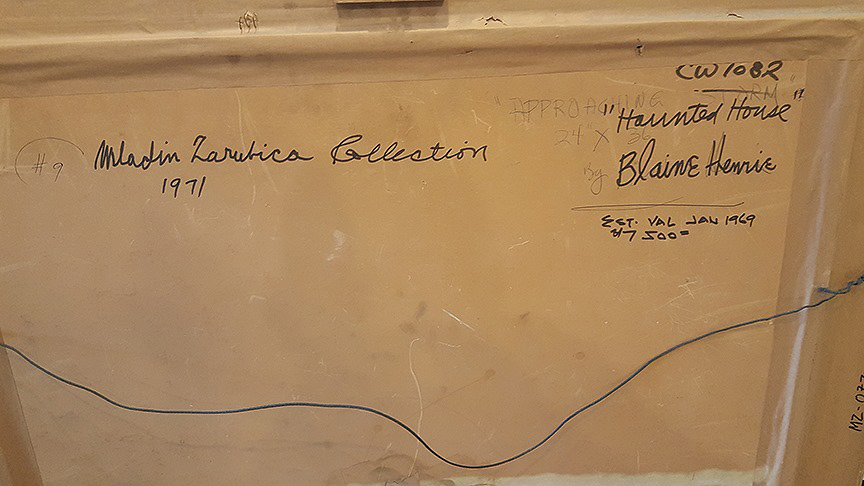|
|
|
|
|
|
|
|
|
|
|
|

|
|
|
|
|
|
|
|
|
|
|
|
|
|
|

|

|
 |
 |
In May 1992, Henrie was arrested for selling more than 30 forged artworks that he alleged were done by Joan Miró, to a Monterey art shop for $42,000. It was ascertained that Henrie was the painter after his palm print was found in the paint of one of the pieces. Henrie only faced one count of misdemeanor forgery because authorities could only prove that one painting was his work. He pleaded guilty in October 1992 and was fined $12000 and faced one year in jail. This piece comes from the collection of Mladin Zarubica, purchased in 1971, valued at $7500 in 1969). Mladin himself, has an interesting history. In World War II he was PT‐boat skipper in the Southwest Pacific, and he led the first surface craft into Manila Bay. In 1946, he went to Central Europe to build bottling plants for Coca-Cola (38 plants in two years!). Russian General Zhukov had developed a fondness for Coke during the war, only he could not be seen drinking such an obvious symbol of American capitalism. He therefore requested that Coke create a version of the soda that more resembled vodka, so he could enjoy it guilt free. Zarubica found a chemist in Brussels who could remove the caramel coloring and Russian White Coke was created. It was bottled in a clear bottle and a white cap with a red star. In return, Coke shipments were allowed to immediately pass through Russian territories, while other companies were forced to wait weeks for clearance. Mladin Zarubica later became famous as an author, most notably for his 1964 novel, the Year of the Rat. The book excited some attention as a true suspense story where Zarubica relays tales of WWII espionage as told to him by a hunting guide acquaintance of his named Carlo. Thirteen years after his conversations with Carlo, Zarubica recognized the guide from a magazine photograph as Martin Bormann, Hitler's right-hand man. Zarubica wrote the novel to expose Bormann to the world, and to reveal his accounts from the war. This piece is so incredible in person. It’s a surprisingly dark piece from a prominent society artist known for his bright seascapes. The artist’s past as an art forger only adds to the story behind it. Mix that in with the collector’s own crazy back story, and this is one of the coolest vintage pieces we’ve had in a while. |
|
To purchase a piece, or for more information...Please Click Here |
